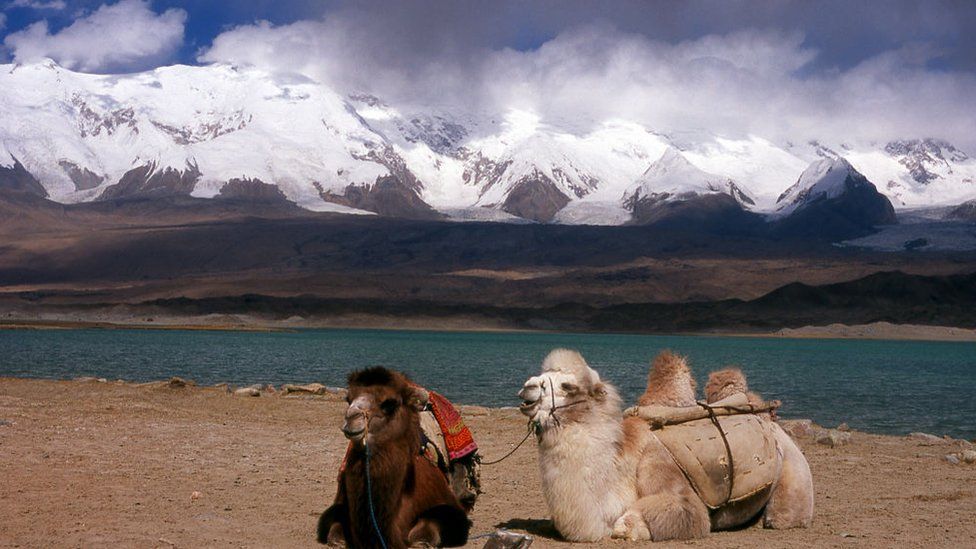-

-
-
Loading

Loading

Khunjerab in Pakistan is a cold and dry high-altitude desert surrounded by towering mountains, glaciers, and alpine meadows. It is home to some of the highest peaks in the world. This region is crossed by a strategic road that connects China to Gwadar port on Pakistan's southwestern coast. The road is part of China's ambitious Belt and Road Initiative (BRI), which aims to revive the ancient Silk Road route and develop transport links across South Asia. The BRI has faced criticism from the West, as some believe it is a means for China to expand its naval reach and influence in the region. However, over 145 countries, accounting for three-quarters of the world's population and more than half of global GDP, have joined the initiative. The largest project under the BRI is the China Pakistan Economic Corridor (CPEC), which involves a $60 billion investment to build roads, railways, and pipelines in remote and rugged parts of Pakistan. This project aims to connect oil and gas pipelines from central Asia and the Middle East directly to western China, bypassing lengthy sea routes. Pakistan's economic problems have hindered the progress of CPEC. The country was on the brink of default earlier this year, facing high inflation, low growth, and a weak currency. Pakistan's external debt, one-third of which is owed to China, stands at $100 billion. Similar economic challenges are faced by other South Asian countries involved in the BRI. Critics argue that China's loans come with little transparency and often lead to a cycle of debt repayment that hampers economic growth. However, China has provided emergency loans and extended payment deadlines to mitigate the impact. The notion of "debt trap diplomacy" has been popularized by the Trump administration, but experts argue that China's loans are not meant to trap countries, as its banks already face risks in their domestic real estate market. Despite the challenges and controversies, BRI projects have brought infrastructure development to many developing nations, including those in South Asia. The competition for geo-economic influence in this region has intensified, with countries like India, Japan, and the European Union also seeking to invest in infrastructure projects. China's economic slowdown may lead to a shift in the global order, with countries in the region rebalancing their alliances. In conclusion, the BRI's ambitious projects in Pakistan and other South Asian countries have faced hurdles and criticism, but they have also brought much-needed infrastructure development to the region. The economic landscape is evolving, with other countries also vying for influence in South Asia.